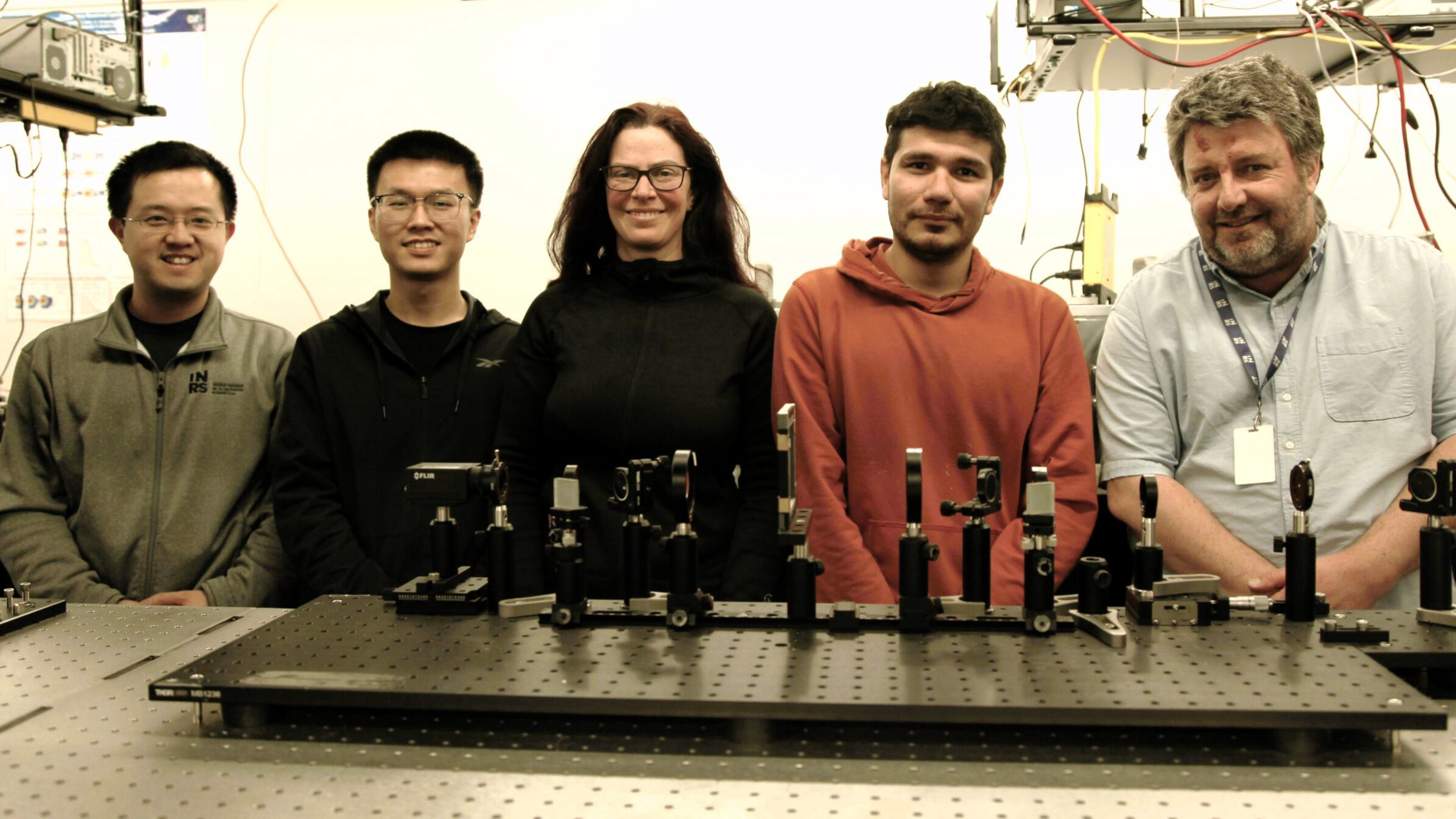156.3 TRILLION frames per second! Meet the fastest camera on the planet
A new camera that shoots 156.3 TRILLION frames per second has been developed to capture ultra-fast micro events

Just when I thought the new Sony A9 III boasted an impressive burst rate of 120fps, scientists at Canada’s Institut National de la Recherche Scientifique (INRS) have designed a camera capable of capturing a staggering 156,300,000,000,000fps – that's 156.3 TRILLION frames per second!
A fast capture rate is a vital feature of the best sports and wildlife cameras, enabling the user to capture fast-moving subjects in a continuous burst. It is also a feature in some of the best camera phones such as the Samsung S23 Ultra, which enables slow-motion video capture at 960fps!
Now a team of scientists has pushed this even further – a lot further. As you may imagine, a camera capable of capturing 156.3 trillion fps is not intended for your local football team or your pets running in slow-motion; the research-grade camera could lead to breakthroughs in fields studying micro-events. These events happen too quickly for existing scientific equipment to capture.
The team of scientists is headed by Professor Jinyang Liang of the INRS, a leading expert and pioneer of ultrafast imaging. Dubbed SCARF (swept-coded aperture real-time femtophotography), the super-fast camera developed by the team shoots at an encoding rate of 156.3 terahertz to individual pixels, which equates to 156.3 trillion fps, with astonishing precision.
Previous ultrafast camera systems have mainly used an approach involving sequentially capturing frames one by one. However, "this approach can only be applied to inert samples or to phenomena that happen the exact same way each time," notes Professor Liang.
"Fragile samples, not to mention non-repeatable phenomena or phenomena with ultrafast speeds, cannot be observed with this method." The need to challenge this led to the creation of SCARF.
The camera has already successfully captured ultrafast events such as the demagnetization of a metal alloy, the first time that 2D optical imaging of ultrafast demagnetization in a single shot has been possible.
The best camera deals, reviews, product advice, and unmissable photography news, direct to your inbox!
"SCARF makes it possible to observe unique phenomena that are ultrafast, non-repeatable, or difficult to reproduce, such as shock wave mechanics in living cells or matter," says the INRS. "These advances could potentially be used to develop better pharmaceutics and medical treatments".
For more information on this project, the full scientific paper can be found on Nature and a summarized version on the official website of INRS.
Even the best mirrorless cameras on the market can't shoot with the speed of SCARF, but the best slow-motion cameras and best timelapse cameras can capture stunning imagery at a fast rate.

Kalum is a photographer, photo editor, and writer with over a decade of experience in visual storytelling. With a strong focus on photography books, curation, and editing, he blends a deep understanding of both contemporary and historical works.
Alongside his creative projects, Kalum writes about photography and filmmaking, interviewing industry professionals, showcasing emerging talent, and offering in-depth analysis of the art form. His work highlights the power of visual storytelling.

